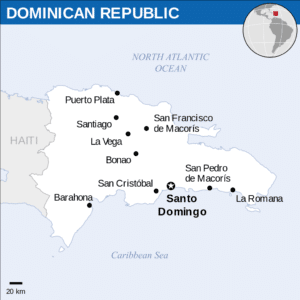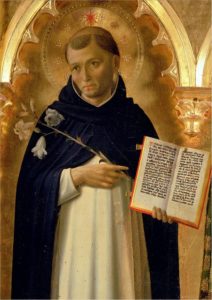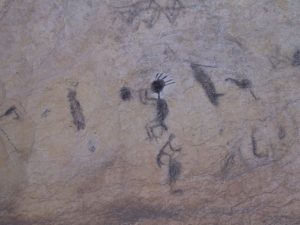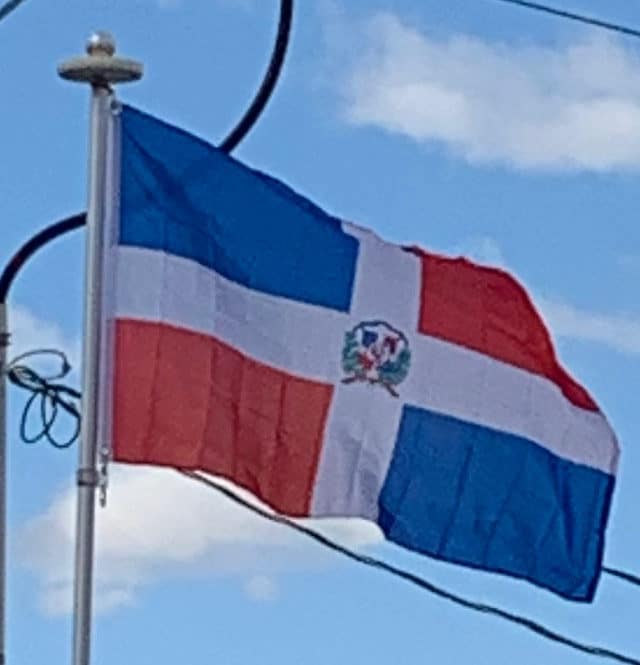
The Dominican Republic is the most visited destination in the Caribbean. The year-round golf courses are major attractions. A geographically diverse nation, the Dominican Republic is home to both the Caribbean’s tallest mountain peak, Pico Duarte, and the Caribbean’s largest lake and point of lowest elevation, Lake Enriquillo. The island has an average temperature of 26 °C (78.8 °F) and great climatic and biological diversity. The country is also the site of the first cathedral, castle, monastery, and fortress built in the Americas, located in Santo Domingo’s Colonial Zone, a World Heritage Site. Music and sport are of great importance in the Dominican culture, with Merengue and Bachata as the national dance and music, and baseball as the most popular sport.
Etymology:
The “Dominican” word comes from the Latin Dominicus, meaning Sunday. However, the island has this name by Santo Domingo de Guzmán (Saint Dominic), founder of the Order of the Dominicans.
The Dominicans established a house of high studies in the island of Santo Domingo that today is known as the Universidad Autónoma de Santo Domingo and dedicated themselves to the protection of the native Taíno people, who were subjected to slavery, and to the education of the inhabitants of the island.

For most of its history, up until independence, the country was known as Santo Domingo – the name of its present capital and patron saint, Saint Dominic – and continued to be commonly known as such in English until the early 20th century. The residents were called “Dominicans” (Dominicanos), the adjectival form of “Domingo”, and the revolutionaries named their newly independent country “Dominican Republic” (República Dominicana).
In the national anthem of the Dominican Republic (himno nacional de la República Dominicana), the term “Dominicans” does not appear. The author of its lyrics, Emilio Prud’Homme, consistently uses the poetic term “Quisqueyans” (Quisqueyanos). The word “Quisqueya” derives from a native tongue of the Taíno Indians and means “Mother of the lands” (Madre de las tierras). It is often used in songs as another name for the country. The name of the country is often shortened to “the D.R.” (la R.D.)
History:
Pre-European History:
The Arawakan-speaking Taíno moved into Hispaniola from the north east region of what is now known as South America, displacing earlier inhabitants, c. AD 650. They engaged in farming and fishing and hunting and gathering. The fierce Caribs drove the Taíno to the northeastern Caribbean during much of the 15th century. The estimates of Hispaniola’s population in 1492 vary widely, including one hundred thousand, three hundred thousand, and four hundred thousand to two million. Determining precisely how many people lived on the island in pre-Columbian times is next to impossible, as no accurate records exist. By 1492 the island was divided into five Taíno chiefdoms. The Taíno name for the entire island was either Ayiti or Quisqueya.

The Spaniards arrived in 1492. After initially friendly relationships, the Taínos resisted the conquest, led by the female Chief Anacaona of Xaragua and her ex-husband Chief Caonabo of Maguana, as well as Chiefs Guacanagaríx, Guamá, Hatuey, and Enriquillo. The latter’s successes gained his people an autonomous enclave for a time on the island. Within a few years after 1492, the population of Taínos had declined drastically, due to smallpox, measles, and other diseases that arrived with the Europeans, and from other causes discussed below.
